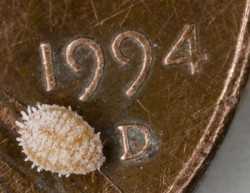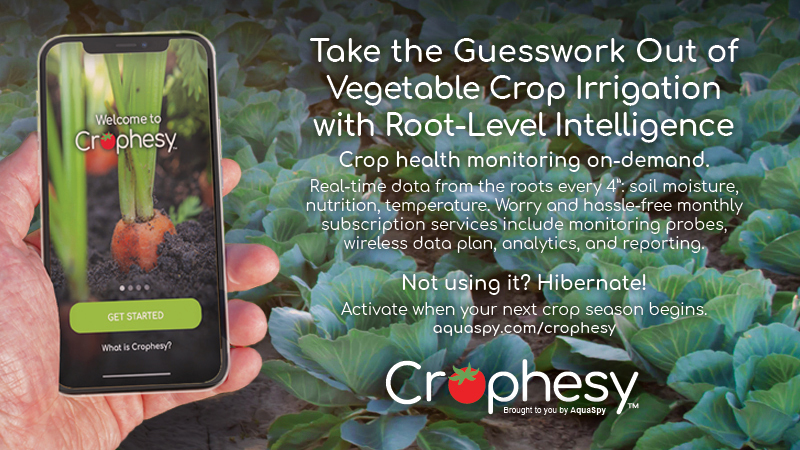How To Manage Mealybugs

“I just talked to an organic grower today who’s going to get out of growing them,” says Bentley, who works out of the University of California Cooperative Extension’s Kearney Agricultural Center. “Especially after the vineyards turn 15 (years old), it gets really tough.”
So that would be Bentley’s first piece of advice for growers who want to farm organic grapes: Start with a new planting, and favor an earlier variety to best avoid fruit damage. Actually, that might be his second piece of advice. The first would be to consider farming winegrapes or raisins if you’re growing organically, because fresh market grapes are extremely risky. VMB infestations are so difficult to prevent, and it doesn’t take much of an infestation to hurt. “In table grapes, any small amount of infestation is rejected,” he says. “Maybe you could sell them in the U.S., but not out of the country where you can really make a lot of money.”
Prevent Defense
The reason it’s so difficult to start with an older vineyard, says Bentley, is that the older wood will have all sorts of tiny crevices and tunnels where the VMB can hide and become established. And once VMB gets established, it is very, very difficult to control through organic means. “You need to be aware of when this comes into your vineyard,” he says. “Take me seriously on this and do not ignore it, because if it gets established, you are in trouble.”
So assuming you are starting with a new planting, next up is to try and prevent any infestation. Bentley recommends then going with an intensive mating disruption program, hanging 250 pheromone dispensers, also known as puffers, per acre. “If you’re growing organic grapes, put that mating disruption on before (VMB) establishment or as soon as you see it,” he says. ” Even if there’s only a moderate infestation, say 10%, it’s tough to stop.”
Next, and from now on, intensive scouting is required. When scouting, or any time you or your employees are going through the vineyard, make sure you carry tape so you can immediately mark an infestation, which will allow you to effectively treat and hopefully eradicate the infestation. “That’s really important, whether in a young or old vineyard,” he says. “Get on those infestations and treat them right away.”
Keeping Cool
The reason it’s so critical to treat infestations promptly is that, as mentioned above, organic growers don’t have a lot of means at their disposal for control. “You only have oils and some contact materials, such as soaps, but you will also have to manage powdery mildew,” he says. “The traditional material for powdery mildew is sulfur, and you can’t use sulfur with oils, or you will burn the plants.”
To prevent burning, you need to separate sulfur and oil applications by 14 days. Because of that, Bentley recommends rotating oil and soap through the season. One particular product that organic grape growers in the San Joaquin Valley have found effective, he says, is a refined petroleum distillate product called SAF-T-SIDE (Brandt Consolidated, Inc.).
One final point about VMB to keep in mind is that it’s a hitchhiker and needs transportation to be brought into vineyards, which is why the infestations are so spotty in nature. Bentley says infestations will often be found under power lines, which implicates the birds that perch on them as the transportation. In other words, growers can’t simply rely on scouting around the perimeter as with some pests. “Sometimes you will find an infestation in the middle of your vineyard,” he says, “and you won’t know how it got there.”









